castleville
Plastic
- Joined
- Nov 28, 2007
- Location
- new castle, pa
My Mazak QT-10 w/T-Plus started doing that same exact thing it was the control power supply going south.
Follow along with the video below to see how to install our site as a web app on your home screen.
Note: This feature may not be available in some browsers.







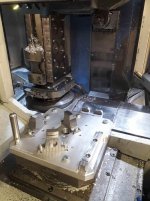


The latest fun and games are a set of magnesium gearbox cases. In order to get the pallet to spin with out hitting the end of the casing we had to take out the interchange door between the pallets.
These are done in three operations including a custom line bar tool that has to be hand loaded into the spindle to bore out the clutch shaft bearings.
View attachment 274973
View attachment 274974
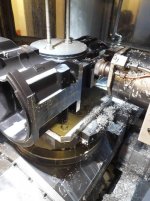
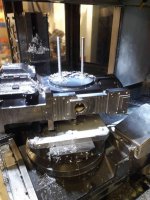


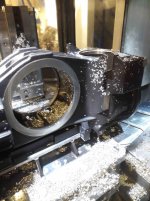


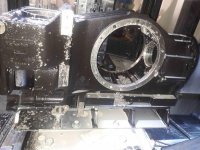



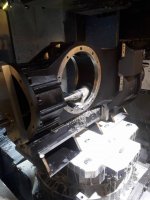
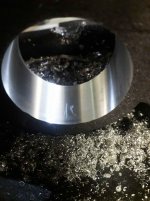
Notice
This website or its third-party tools process personal data (e.g. browsing data or IP addresses) and use cookies or other identifiers, which are necessary for its functioning and required to achieve the purposes illustrated in the cookie policy. To learn more, please refer to the cookie policy. In case of sale of your personal information, you may opt out by sending us an email via our Contact Us page. To find out more about the categories of personal information collected and the purposes for which such information will be used, please refer to our privacy policy. You accept the use of cookies or other identifiers by closing or dismissing this notice, by scrolling this page, by clicking a link or button or by continuing to browse otherwise.
